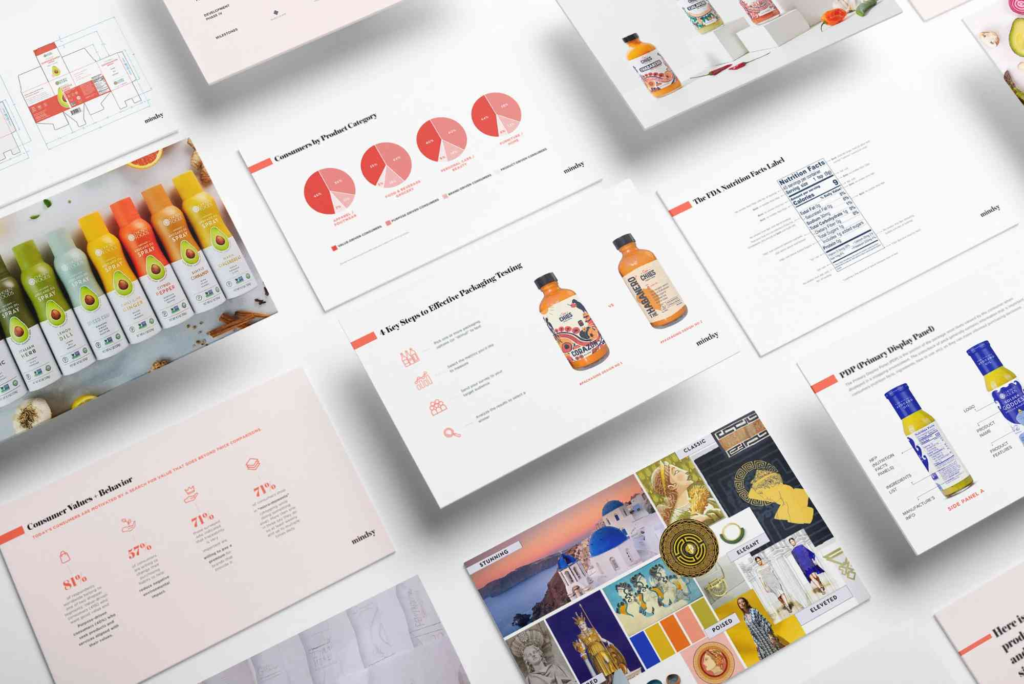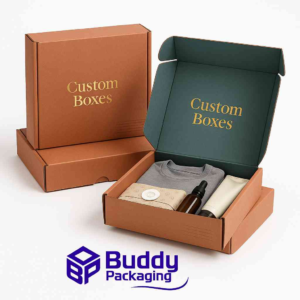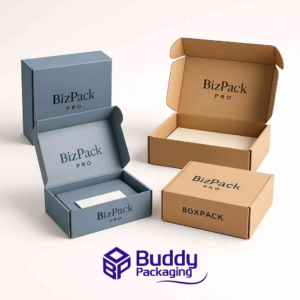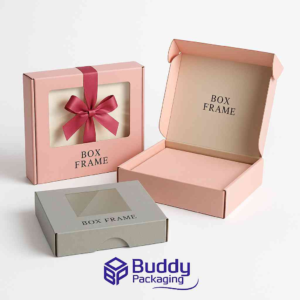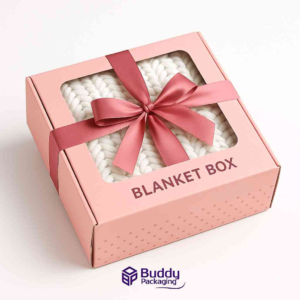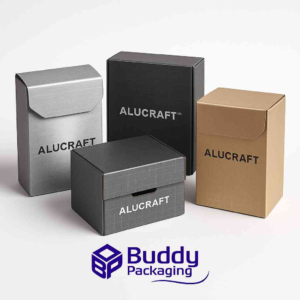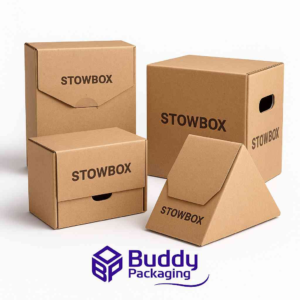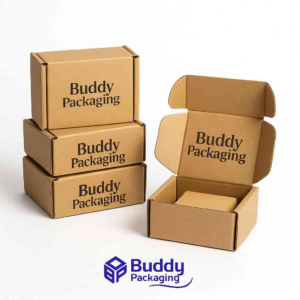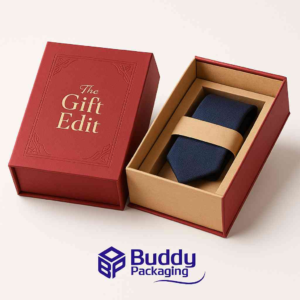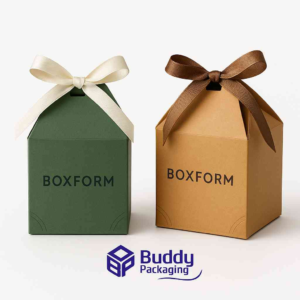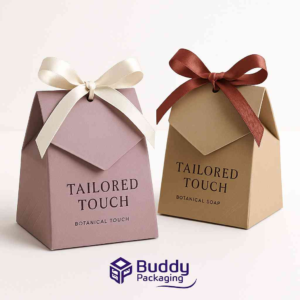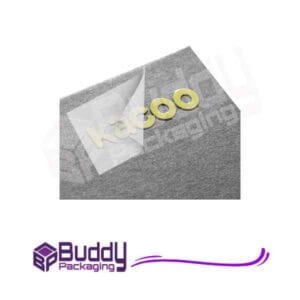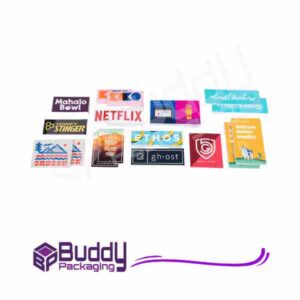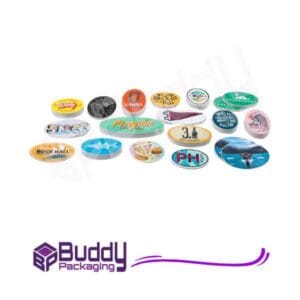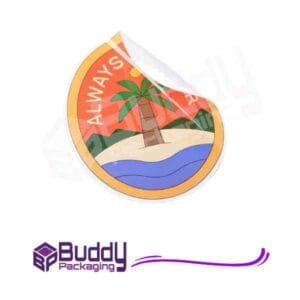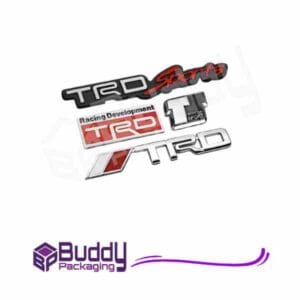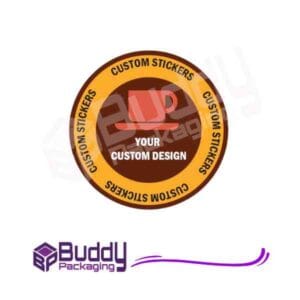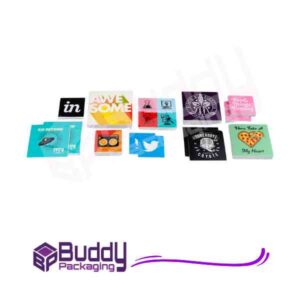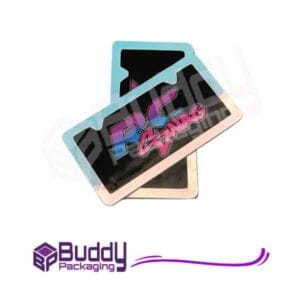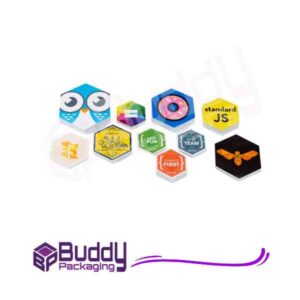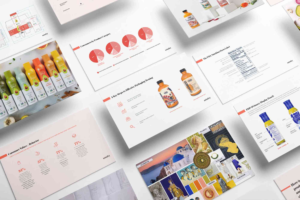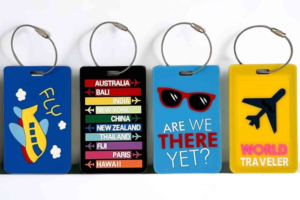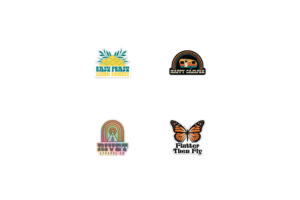Introduction
Packaging design plays a crucial role in how consumers perceive products. It’s more than just wrapping; it’s about storytelling, branding, and customer engagement. A packaging design course helps you learn how to blend creativity, marketing strategy, and functionality to create packaging that stands out on shelves and online stores. Whether you’re a beginner or a designer looking to expand your skills, mastering packaging design can open doors to exciting career opportunities in branding, advertising, and product development.
What is a Packaging Design Course?
A packaging design course teaches the art and science of designing product packaging that attracts attention, communicates value, and supports brand identity. It covers graphic design principles, material selection, typography, color theory, and even sustainability practices. Students learn how packaging influences buying behavior and how to create visual experiences that drive sales.
Many courses include practical projects where students create mock packaging for real brands. This hands-on learning builds confidence and helps you understand how to work with clients and manufacturers.
Why Learn Packaging Design?
Packaging design is a powerful marketing tool. It communicates your brand’s story and differentiates your product from competitors. In today’s world, brands are not only selling products but also experiences — and packaging is often the first touchpoint.
Learning packaging design gives you creative freedom to experiment with shapes, textures, and graphics. It also teaches you how to align aesthetic beauty with technical production requirements. For instance, you’ll learn about dielines, printing processes, and eco-friendly materials.
Moreover, businesses increasingly look for designers who understand Custom Packaging custom packaging because it enhances product presentation and customer loyalty. A well-designed package can turn a one-time buyer into a lifelong fan.
Key Skills You’ll Gain in a Packaging Design Course
A comprehensive packaging design course builds both creative and technical skills. You’ll explore:
Brand Communication: Learn how design tells a story, evokes emotion, and builds trust with customers.
Design Software Mastery: Gain proficiency in tools like Adobe Illustrator, Photoshop, and 3D modeling software to visualize packaging concepts effectively.
Material and Print Knowledge: Understand how different materials—like paperboard, plastic, or glass—affect printing and sustainability.
Visual Hierarchy and Typography: Learn how to organize design elements so key information stands out clearly to consumers.
Sustainability Principles: Explore eco-conscious design approaches that align with modern consumer expectations and reduce environmental impact.
Practical Design Process: Experience how ideas evolve from sketch to production, ensuring the final design aligns with marketing goals and budget constraints.
What to Expect in a Packaging Design Course
Most packaging design courses combine theoretical lessons with project-based learning. You’ll start with fundamentals like color psychology and layout balance, then progress to complex topics such as packaging engineering and consumer psychology.
In professional programs, instructors often come from design agencies or packaging companies, offering real-world perspectives. You might also collaborate with peers on team projects that simulate client briefs.
Online courses, meanwhile, allow you to learn at your own pace with video tutorials, assignments, and community feedback. Many students use platforms like Adobe Creative Cloud to practice their skills while studying.
How Packaging Design Impacts Brand Success
Good packaging design influences how consumers perceive a product before they even try it. Think about Apple, Coca-Cola, or Lush—their packaging has become part of their identity. It’s clean, consistent, and instantly recognizable.
Through a packaging design course, you’ll learn how design choices affect brand recognition, shelf visibility, and customer satisfaction. You’ll also understand how color, texture, and shape trigger emotional responses that drive purchasing decisions.
For businesses, packaging design can boost revenue and brand recall. For designers, it’s a rewarding career path with growing demand across industries such as cosmetics, food, e-commerce, and luxury goods.
Online vs. Offline Packaging Design Courses
Choosing between online and offline learning depends on your lifestyle and goals. Online courses are flexible and ideal for working professionals or students managing multiple commitments. They often include recorded lectures, live sessions, and downloadable resources.
Offline courses, on the other hand, offer hands-on experience with materials and printing tools. They provide opportunities for networking, collaboration, and personalized mentorship.
Whether you choose online or classroom-based learning, focus on courses that emphasize packaging design tips from experts. Platforms like Creative Bloq share valuable industry insights, helping you stay updated with the latest trends and technologies.
Career Opportunities After a Packaging Design Course
Once you complete a packaging design course, you can pursue various roles in creative industries. Common career paths include:
- Packaging Designer: Creating designs for consumer goods, from concept sketches to final print-ready files.
- Brand Identity Specialist: Developing consistent visual themes across packaging, logos, and marketing materials.
- 3D Visualizer: Rendering realistic packaging prototypes for presentations and advertising.
- Production Manager: Overseeing the printing and assembly of packaging materials to ensure quality and cost efficiency.
- Sustainability Consultant: Advising brands on eco-friendly packaging practices.
Many designers also choose to freelance or start their own agencies, offering Custom Packaging solutions to businesses worldwide.
Essential Tools and Software You’ll Learn
Modern packaging design relies heavily on digital tools. During your course, you’ll learn to use:
- Adobe Illustrator for vector designs and dielines.
- Adobe Photoshop for image manipulation and mockups.
- Adobe Dimension or Blender for 3D packaging visualization.
- ArtiosCAD for structural design and packaging prototypes.
Mastering these tools ensures you can bring your creative visions to life and communicate effectively with printers and manufacturers.
Real-World Projects and Portfolio Development
A strong portfolio is essential for landing design jobs or freelance clients. Many packaging design courses require students to complete multiple projects across different product categories—like cosmetics, food, beverages, and electronics.
You’ll create detailed case studies, including concept sketches, color palettes, logo design, and final packaging mockups. These projects demonstrate your understanding of both aesthetics and functionality, which employers value highly.
The Future of Packaging Design
The packaging industry is evolving rapidly. Sustainability, minimalism, and smart packaging are major trends shaping the future. Courses now integrate modules on eco-design, biodegradable materials, and augmented reality packaging.
Learning these future-forward skills ensures you stay competitive in an ever-changing market. Designers who can balance creativity with environmental responsibility are in high demand.
Moreover, brands increasingly prefer working with designers who understand location-based logistics and suppliers. For instance, if you’re in the UK, you can visit Buddy Packaging Location Buddy Packaging Location to explore sustainable packaging services and gain inspiration from real-world industry leaders.
FAQs
What qualifications do I need to take a packaging design course?
Most courses require basic knowledge of graphic design or creativity. Some beginner courses start from scratch, making them suitable for anyone interested in visual design.
How long does it take to complete a packaging design course?
It varies by program. Short online courses may last a few weeks, while advanced diplomas or degrees can take one to two years.
What are the career prospects after a packaging design course?
Graduates can work in design studios, advertising agencies, manufacturing firms, or start their own packaging consultancy.
Is packaging design a good career?
Yes. With the rise of e-commerce and product branding, the demand for skilled packaging designers is growing globally.
What software is used in packaging design?
Common tools include Adobe Illustrator, Photoshop, InDesign, and 3D modeling software like Blender or ArtiosCAD.
A packaging design course is your gateway to a creative and fulfilling career. It equips you with design, marketing, and technical skills to turn simple products into visual masterpieces. As consumer expectations evolve, brands need designers who understand both aesthetics and functionality.

